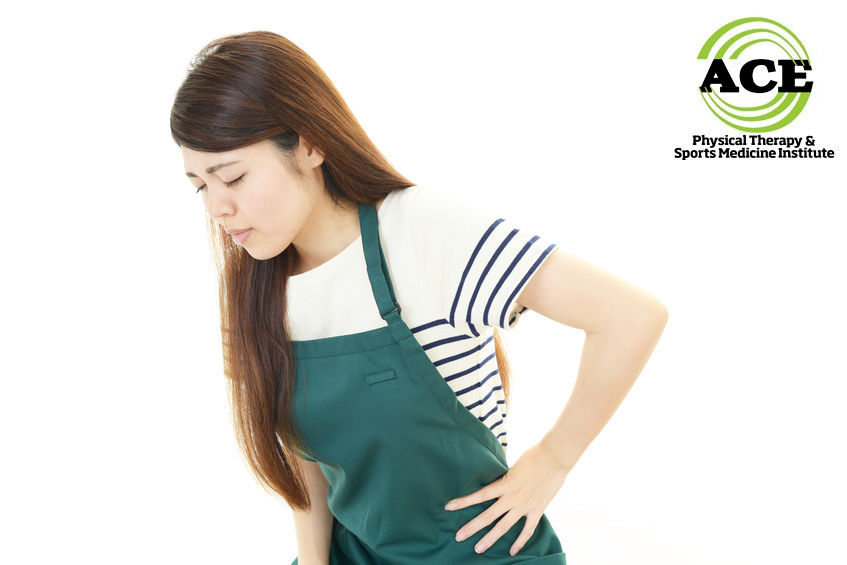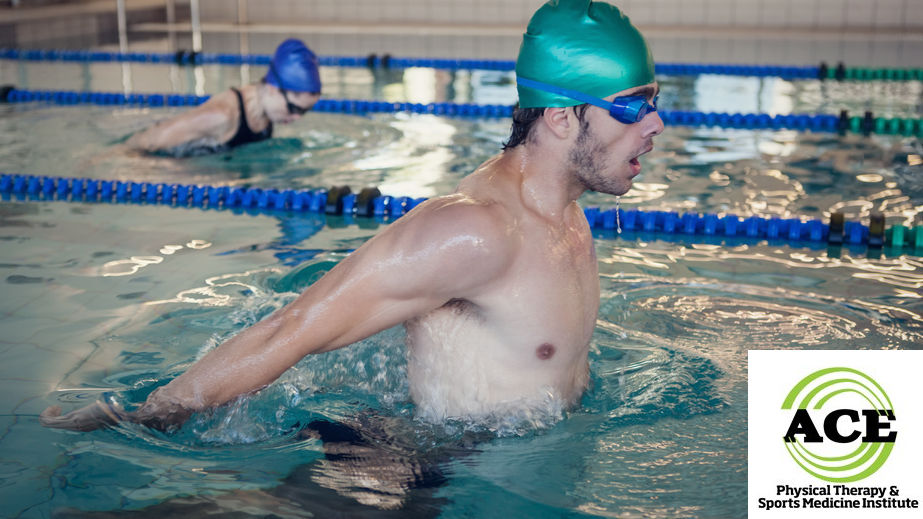
by ACE Physical Therapy and Sports Medicine Institute | Oct 30, 2015 | Foot & Ankle, Hip, Knee & Leg, Uncategorized |
Tid Bits of Info The feet should point directly forward during the exercise routine. The side walk exercise should be performed while the patient is positioned in a mini squatted stance. The rubber band should be placed around the arches of the feet to be...

by ACE Physical Therapy and Sports Medicine Institute | Sep 24, 2015 | Foot & Ankle, Knee & Leg |
Tid Bits of Info Incline walking with a grade of 5% or greater helps to reduce the forces in the knee. Incline walking helps to increase the heart rate and can do it without an increase in walking speed. A 2% incline will produce the same amount of energy...

by ACE Physical Therapy and Sports Medicine Institute | Aug 20, 2015 | Foot & Ankle |
Tid Bits of Info The use of prophylactic braces is controversial because they might cause more instability and weakness. Most shoes, up to 85%, are not worn for their intended purpose. Low top shoes are lighter, enable one to be quicker/faster and increase...

by ACE Physical Therapy and Sports Medicine Institute | Aug 13, 2015 | Arm, Elbow & Shoulder, Foot & Ankle, Knee & Leg, Spine & Neck, Sports injuries |
Tid Bits of Info Adults should attempt to get 7-9 hours of “good” sleep per night. After shoulder surgery, put a pillow behind the involved shoulder blade when you try to sleep. Putting cinder blocks under the footboard of your bed can aide in elevating your...

by ACE Physical Therapy and Sports Medicine Institute | Aug 6, 2015 | Foot & Ankle, Hip, Knee & Leg |
Tid Bits of Info The Physical Therapist can assist in determining a percentage of body weight by having the patient stand on a scale. TT and TD gait are transitional forms of gait designed to put a percentage of the body weight on the involved limb and...

by ACE Physical Therapy and Sports Medicine Institute | Jul 23, 2015 | Arm, Elbow & Shoulder, Conditioning, Foot & Ankle, Health Conditions, Hip, Knee & Leg |
Tid Bits of Info Walking underwater can eliminate 50% or more of you body weight. Walking backwards underwater significantly increases the activity of the paraspinal muscles. Walking in waist-deep water can double your oxygen consumption compared to walking...































